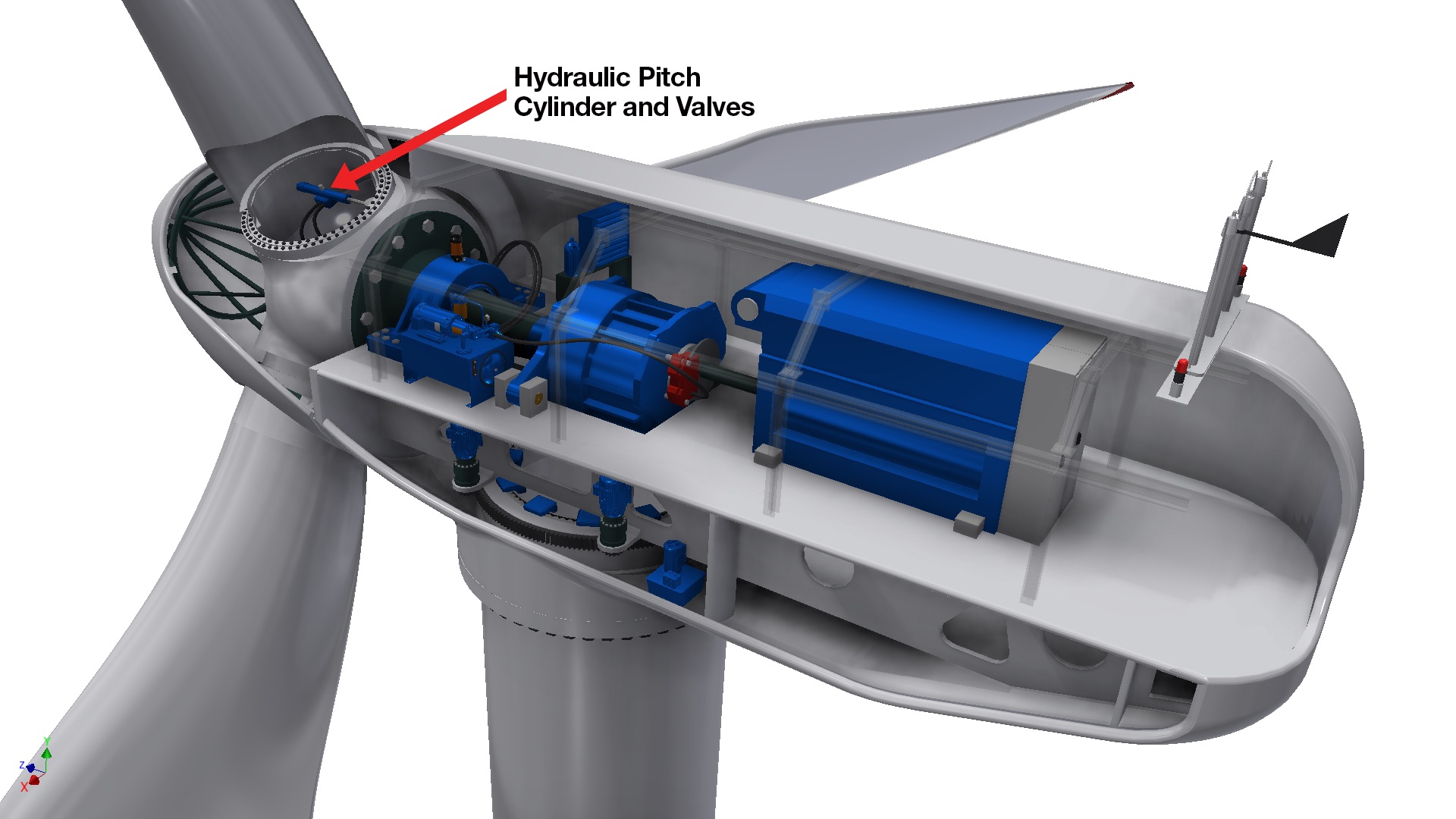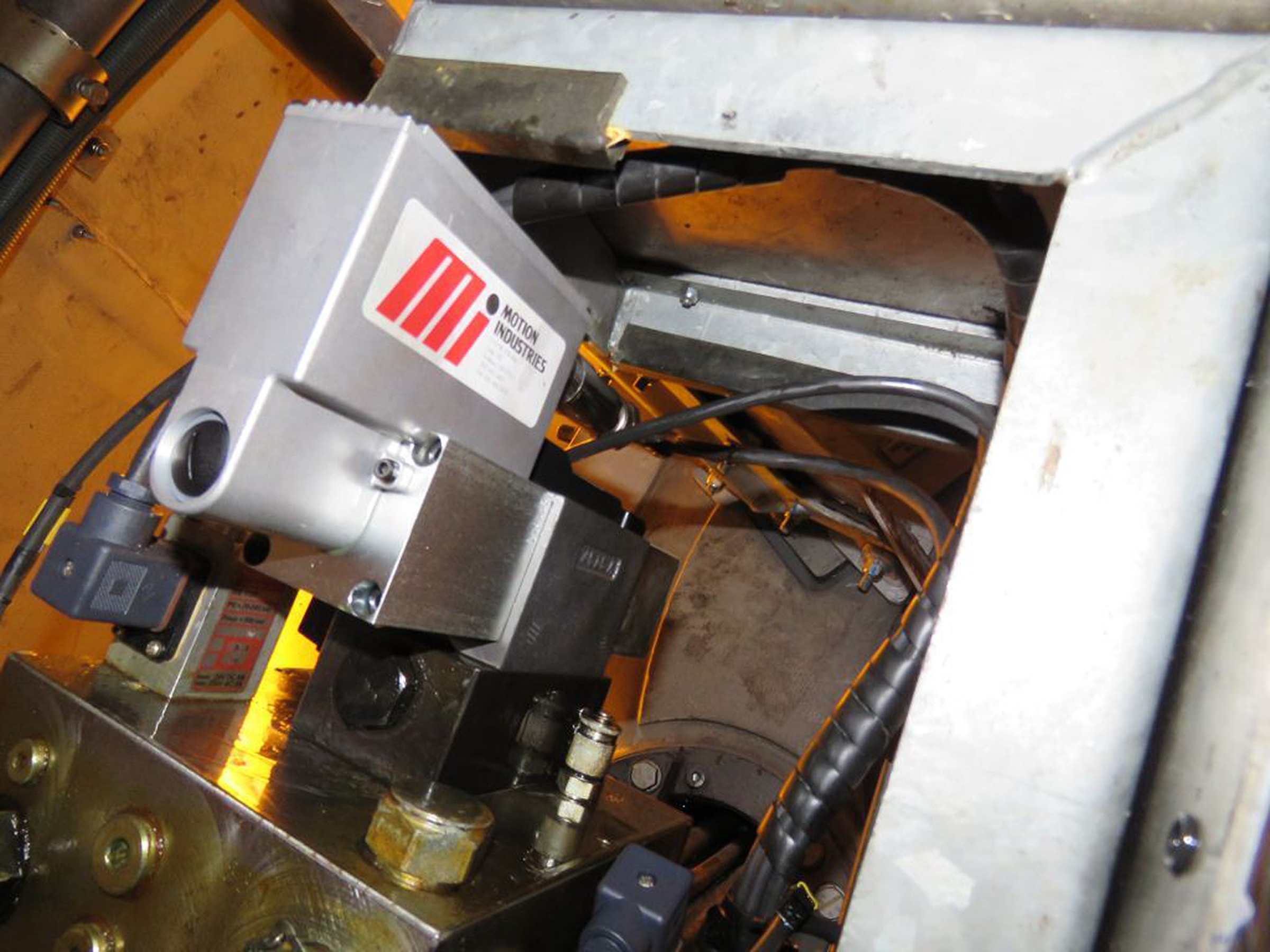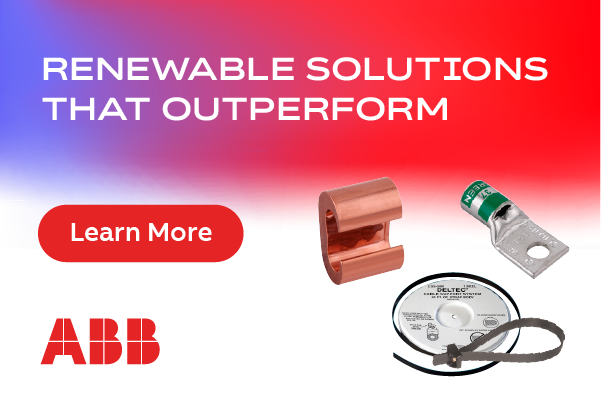Extreme Weather Conditions vs. Proportional Pitch Control Valves
In many instances, performance of the hydraulic pitch control is scrutinized in suitable weather conditions. However, these control systems are exposed to a variety of extreme weather conditions that can greatly affect both pitch performance, and longevity of the control components.
As in any hydraulic system, hydraulic pitch control systems experience the typical performance issues related to fluid cleanliness, temperature, and viscosity. Wind turbines, however, are not your typical industrial or mobile application for these components. The majority of hydraulic pitch control turbines over 1mw have a proportional control valve manifold hard-mounted to the pitch ram inside the hub. The hub, which rotates with the blades, has much higher exposure to the external weather conditions; its only protection is a fiberglass nose cone that is not sealed. It's not the easiest environment in which to function.
With turbines installed all over the world, in ever-changing climates, weather conditions can have a devastating effect on performance and life of the proportional pitch control valve and system. Four primary weather conditions that have a profound effect on the life of the pitch control components: Extreme Cold, Heat, Humidity, and High Wind Speed.
Cold can cause loss of spool seal integrity, as well as increased spool wear due to low viscosity. Extreme cold can also affect control wiring and connections.
Heat creates low viscosity concerns, increasing wear and reducing spool life. Varnishing can also result in spool sticking issues that can affect the proportional-integral-derivative (PID) control loop.
Humidity will cause corrosion in coil pin connections, or any type of electronic connection that is not well sealed. Ultimately, this will result in accuracy problems in the rotational PID loop, often causing a fault in the turbine control system.
High Wind Speed will create high levels of vibration in the pitch valve as it rotates in the hub of the turbine. The onboard electronics are susceptible to these rotational forces, subjecting the electronic driver card and enclosure to G-forces that loosen screws, and wire connections; resulting in loss of rotational position control of the blade.
Troubleshooting a fault or failure in wind turbines is not a quick and easy task. The tower climb and work process must be planned, and parts gathered; a climb safety meeting must be held before travel to the down turbine is even started. This controlled process can take many hours.

Once uptower and inside the nacelle - and especially the hub - space is very limited, making it more difficult to diagnose the problem.Changing a proportional pitch control valve in a turbine it can take 4-6 hours from start to finish, depending on the wind farm. Considering the maintenance costs, as well as lost production, the expense of constantly changing prematurely failing pitch valves can really add up.
Many pitch control valve designs don't account for potential extreme weather conditions and tough operational environment. After examining hundreds of failed proportional pitch control valves, it was found that over 90 percent of the failures were related to electronic component failure or degradation, or mechanical failures of the driver card housing. Failures are seldom caused by wear or internal mechanical failure. These failures ultimately affect the PID pitch rotation control loop (which often requires a rotational accuracy of 1 percent). A proportional pitch valve problem or failure will create a fault, or error, in the pitch rotation system - ultimately shutting down the turbine.

The 50-liter pitch valve above was designed with a more robust electronic package to decrease failure rates in harsh operating environments.
Due to extreme weather exposure, the highest rates of failure are valves that do not have a robust electronic control package. Heavy-duty valve construction, coupled with a robust onboard electronic package, with rugged wire connections and seals, is paramount for a proportional hydraulic pitch control valve to perform well and survive in these extreme conditions. Focusing on the design of the electronics (the electronic driver card, the housing in which it must be mounted, and the electrical connections) results in an improved life cycle. The goal for proportional pitch control valves is a three to five year life - without failure.
Ultimately, the pitch valve must be constructed with the understanding that normal operating conditions will be exceeded. Valves are expected to perform in different wind and weather conditions around the globe. What performs well in Europe may not perform well in certain parts of North America. The valve manufacturer's original design must be analyzed and evaluated to determine if the valve can survive in the toughest wind and weather conditions.
 Based in southern Oregon, Scott Smith (CFPHS) is a senior fluid power specialist at Motion Industries. He has 35 years of experience in the fluid power industry with distribution and manufacturing companies, and earned his Certified Fluid Power Hydraulic Specialist certification in 2001. Smith has been heavily involved in the wind energy market for Motion Industries, with a focus on hydraulic and lube systems.
Based in southern Oregon, Scott Smith (CFPHS) is a senior fluid power specialist at Motion Industries. He has 35 years of experience in the fluid power industry with distribution and manufacturing companies, and earned his Certified Fluid Power Hydraulic Specialist certification in 2001. Smith has been heavily involved in the wind energy market for Motion Industries, with a focus on hydraulic and lube systems.
Motion Industries | www.motionindustries.com
Volume: 2018 May/June








